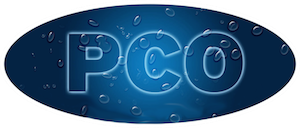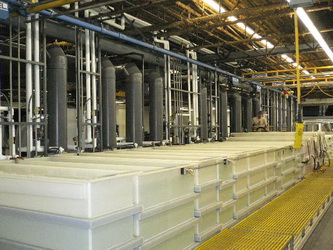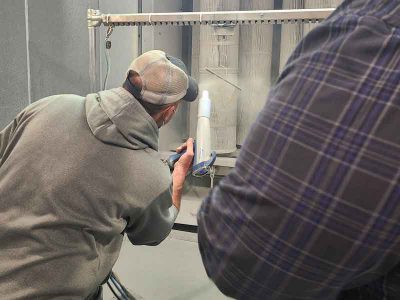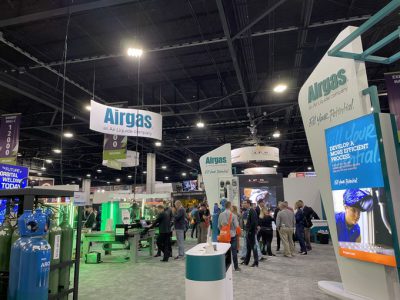Environmental regulations and the desire of more companies to “Go Green” are spurring a lot of powder coaters go phosphate-free, away from the traditional metal pretreatment processes, i.e., from zinc and iron phosphates to ZIRCONIUM pretreatment systems.
See below for links to a couple of great pdf brochures about Zirconium Pretreatment.
Proper pretreatment is an important step, (some think it is the most important step), to obtaining good coating performance. The pretreatment process typically requires cleaning the metal surface to remove contaminants (e.g., rust, smut, carbonization, and oils) and then modifying, or converting, the metal surface chemistry to improve adhesion of the powder coating.
For decades, iron and zinc phosphates have been the most popular conversion coatings for powder coaters. Iron phosphate systems are generally used when corrosion protection isn’t a high requirement. Iron phosphate pretreatment systems can be as simple as two-stages or as much as five- or six-stage processes.
Zinc phosphates are used when corrosion protection standards are more stringent.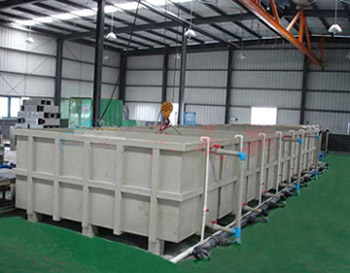
But the problem is that phosphates cause eutrophication, or hypertrophication—an ecological reaction to the abundance of phosphates, which are nutrients to plant life. Phosphorous causes a rapid and uncontrolled growth of plant life that deprives the water of the oxygen needed for fish and other marine animal life. Excess phosphorus can cause a body of water to be completely overtaken by plant life, leaving marine animal life to die of hypoxia. Eutrophication has prompted increased regulations on the discharge of phosphates.
Aside from restrictions on phosphorous, zinc phosphates also contain zinc and nickel, two regulated heavy metals considered hazards in the workplace. Some forms of nickel have been classified as carcinogens. So, environmental, health and safety concerns have triggered a movement to replace phosphate conversion coatings with safer, greener, phosphate-free pretreatments.
In the last 10-12 years, many pretreatment companies have invested in research to develop a conversion coating that replaces phosphates.
Enter Zirconium Based Pretreatments
When applied to the metal substrate, Zirconium conversion coatings form a thin film only 20-80 nm thick, much thinner than that of iron phosphates which are typically 250 nm thick, or zinc phosphate coatings which can be as thick as 1,000 nm.
New phosphate-free conversion coating technologies based on ZIRCONIUM have significant benefits over iron and zinc phosphates are now well established:
- These systems are environmentally friendly
- They offer energy savings because they operate at ambient temperature rather than requiring heat
- They require fewer process stages, so they cost less to build and take up less floor space.
- These zirconium systems produce almost no sludge or scale
- They have simple waste treatment
- They are very flexible processes because they work with most substrates and powder chemistries
- They can provide equal or better performance than conventional phosphates.
- These phosphate replacements also offer powder coaters some attractive capital and operating cost saving opportunities.
- AND Zirconium is not considered a hazardous material in North America.
Not every powder coater will be able to go phosphate-free entirely, but the smart ones are at least seriously looking into it.
For a detailed explanation of zirconium pretreatment systems, read  this excellent article:
this excellent article:
What’s Cooking In Chemical Pretreatment?
from Powder Coated Tough
